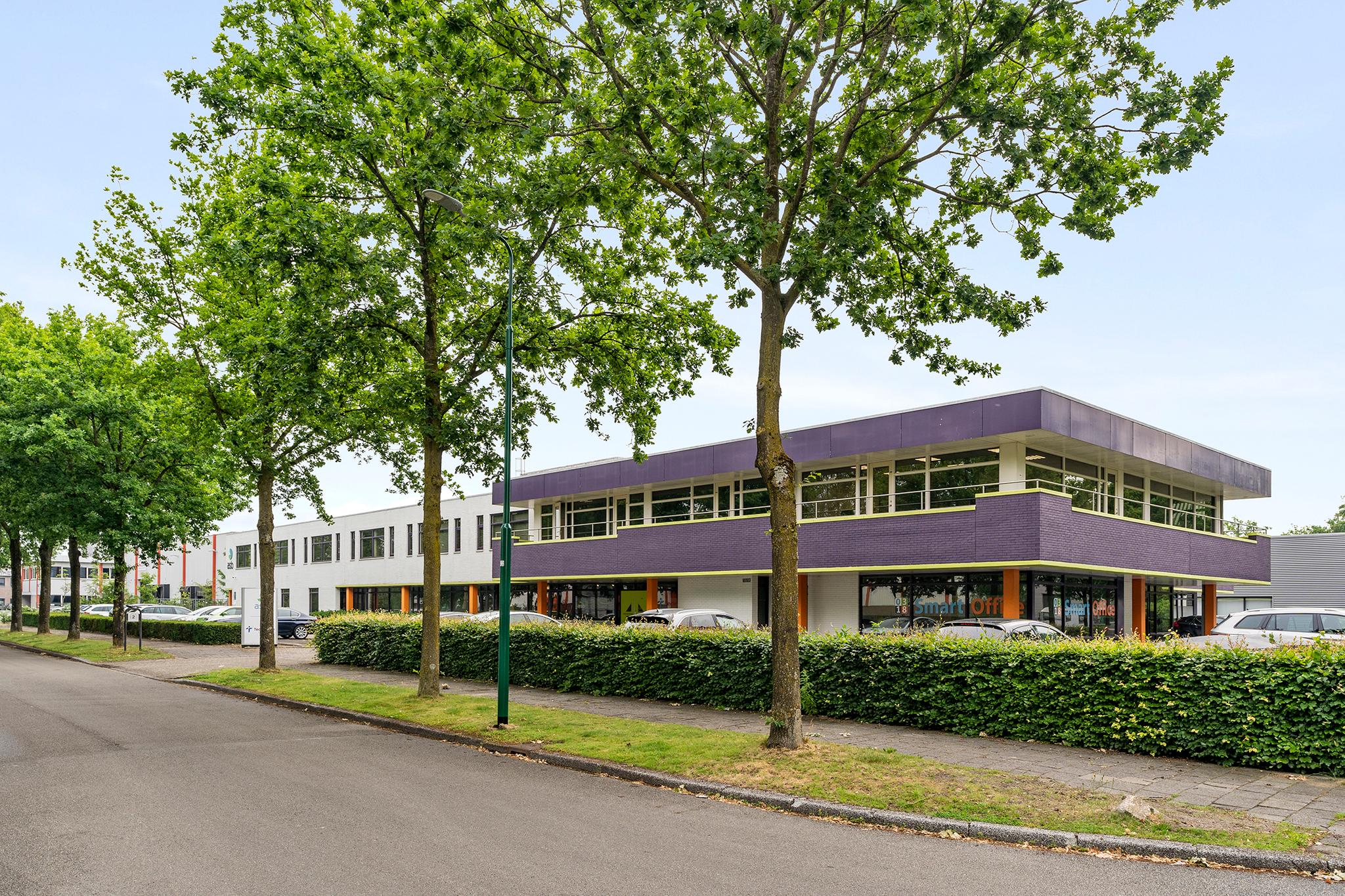Transition towards continuous delivery (I)
Ito ‘m writing a serie of blog posts about improving the production flow of software deployment to improve your ability to continuously delivery. This blog is about the “self-learning” aspect of your organization and the importance of this aspect on your path to continuous delivery.

In the context of continuous delivery, a self-learning organization can be an extremely valuable asset. A self-learning organization is one that is constantly learning from its own experiences, adapting to changes in the environment, and continuously improving its processes and practices. In the context of continuous delivery, this means that the organization is able to learn from its experience with each release, identify opportunities for improvement, and make changes to its software delivery process to increase efficiency, speed, and quality.
A self-learning organization in the context of continuous delivery can be achieved through a combination of culture, processes, and technology. Here are some key factors that can help create a self-learning organization in the context of continuous delivery:
- A culture of continuous improvement: an organization that cultivates a culture of continuous improvement values feedback, is open to change, and is willing to experiment with new ideas and approaches. This culture can be supported through regular retrospectives, feedback loops, and experimentation.
- Process automation and standardization: automating and standardizing processes can help reduce variability and increase efficiency, allowing the organization to focus on higher-level improvements and innovations.
- Continuous feedback and monitoring: Continuous feedback and monitoring can help identify areas for improvement in real time, allowing the organization to respond quickly and make changes to its software delivery process as needed.
- Knowledge sharing and collaboration: Knowledge sharing and collaboration can help break down silos between teams and enable cross-functional learning, fostering a culture of continuous improvement and innovation.
- Investing in learning and development: Investing in learning and development can help develop employees’ skills and knowledge, enabling them to contribute to a self-learning organization and drive continuous improvement.
By creating a self-learning organization within the context of continuous delivery, an organization can continuously improve its software delivery process to achieve faster release cycles, higher software quality, and better customer satisfaction.

It’s important to use an agile approach to improve your team’s performance. There is not just one challenge that needs to be addressed. It’s a combination of many factors that need to be connected. The important thing is to figure out where the greatest progress can be made. This depends on the current state of the organization’s software delivery capabilities and the specific bottlenecks that cause the length of a release cycle. Value stream mapping helps you gain these insights. VDMbee has developed a value stream mapping model that you can apply to your service delivery team. The VDMbee value stream model covers many aspects that provide insight into where improvements can be made to shorten the release cycle and get the greatest return. It is a “rich” model that can add structure to your “continuous feedback and monitoring” cycle that is essential to your self-learning capabilities.
In the next blog, we’ll dig deeper into the “business benefits” of your Continuous Delivery journey and how value stream mapping can help.

